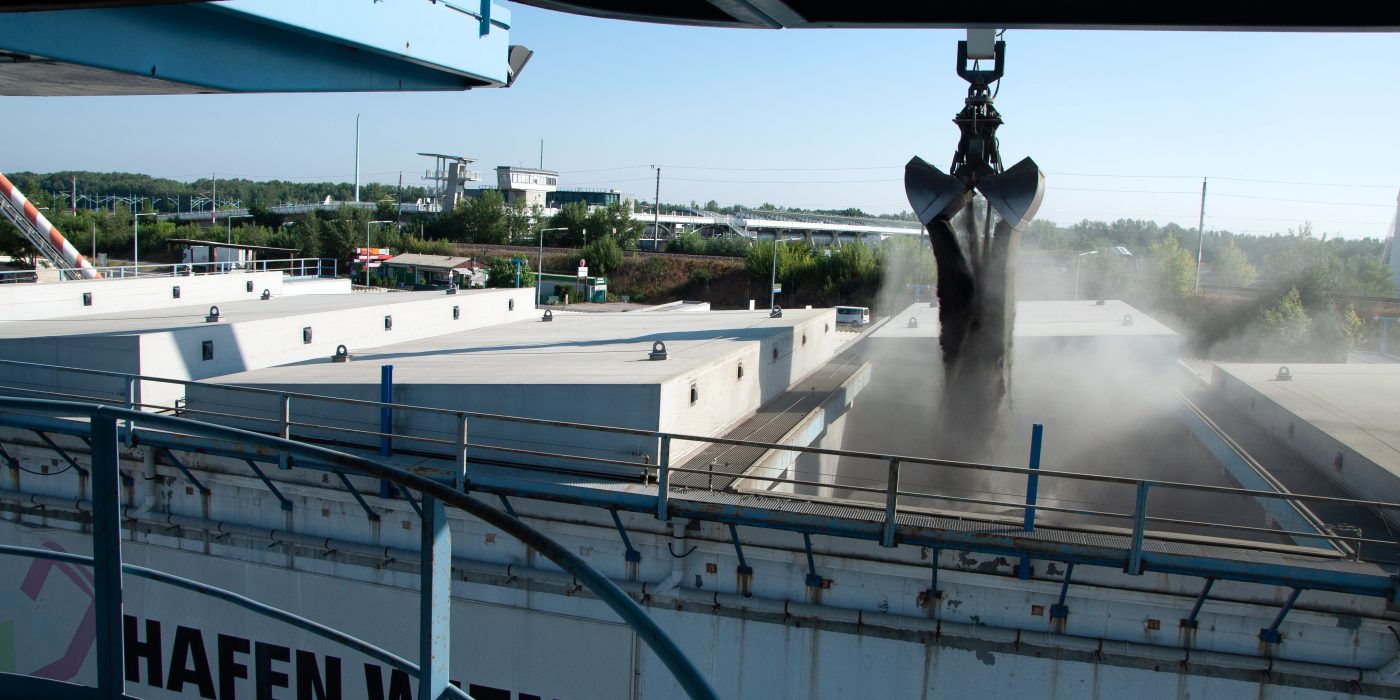The Port of Vienna is Austria’s largest inland port and a key logistics hub along the Danube River. Strategically located at the intersection of major European trade corridors, it serves as a vital multimodal platform, seamlessly integrating rail, road, and inland waterway transport. The port hosts multiple terminals, including container, breakbulk, and liquid bulk facilities, and supports both cargo and passenger operations. Operated under a landlord model and managed by Wien Holding, the Port of Vienna plays a central role in regional supply chains, serving not only Austria but also Central and Eastern Europe.
The Port of Vienna has been committed to the GRIP project from the outset, providing continuous input – particularly in the development of the Environmental Impact Calculator. Its ongoing efforts on digitalisation, decarbonisation, and modal shift further demonstrate its dedication to sustainable and efficient port operations.
As part of this collaboration, the Port of Vienna will host the project’s final conference at Thinkport Vienna on 26–27 November 2025. Registration for the event and program is available here.
For the interview, we spoke with Henrike Bauer (Deputy Head of Business Development & International Affairs) and Peter Rojko (Head of Business Development & International Affairs) from Port of Vienna. They shared their insights about the Port of Vienna’s sustainability goals and process.
What are the environmental and sustainability objectives for the port of Vienna?
The Port of Vienna is committed to becoming a model for sustainable inland port operations. Our objectives include reducing greenhouse gas emissions, increasing energy efficiency, and integrating renewable energy sources into port infrastructure and logistics.

What major challenges do you need to overcome for the realisation of your environmental and sustainability objectives?
Key challenges include modernising legacy infrastructure, aligning diverse stakeholder interests, and securing funding for innovative green technologies. Additionally, balancing operational efficiency with environmental goals requires continuous adaptation and collaboration.
What should a future-proof environmental or quality management system include to help the Port of Vienna boost energy efficiency and support sustainable development?
A future-proof system should integrate real-time environmental monitoring, data-driven decision-making tools, and clear sustainability KPIs. It must also support cross-border collaboration and compliance with EU environmental standards to ensure long-term impact.
We would like to thank Port of Vienna for their very active participation in the project, cooperation and for hosting the final conference! We are looking forward to a continuous collaboration.
